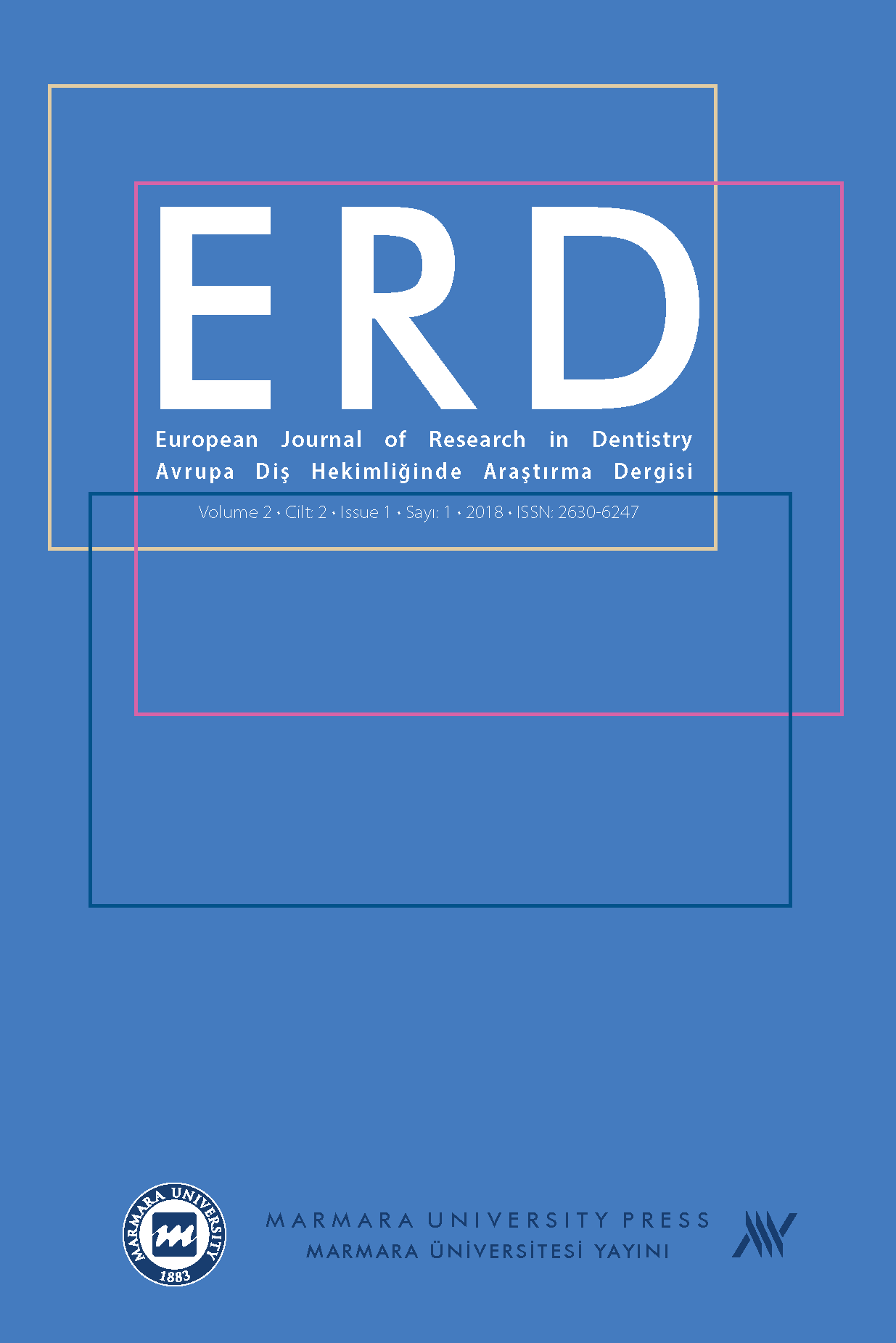Craniofacial Dysmorphology and Hypodontia in 22q11.2 Deletion Syndrome
22q11 deletion syndrome;CATCH 22;velocardiofacial syndrome;DiGeorge anomaly;
-
___
- Defriend K, Fry’s JP, Mortier G, van Thienen MN, Keymolen K. The annual incidence of DIGeorge/velocardiofacial syndrome. JMed Genet 1998 Sep;35(9):789-790
- Scambler PJ. The 22q11 deletion syndromes. Hum Mol Genet 2000 Oct, 9 (16):2421-2426
- Oskardottir S, Vujic M, Fasth A. Incidence and prevalence of the 22q11 deletion syndrome; a population based study in Western Sweden. Arch Dis Child 2004; 89:148-51
- Shprintzen RJ. Velo-cardio-facial syndrome: a distinctive behavioral phenotype. Mental retardation and dev. Dis Res. Reviews 2000 (6): 142147
- De la Chapelle A, Herva R, Koivisto M, Aula P. A deletion in chromosome 22 can cause DGS. Hum Gen 1981, 57:253-6.
- Driscoll DA, Budarf ML, Emanuel BS A genetic etiology for DiGeorge syndrome: consistent deletions and microdeletions of 22q11. Am J Hum Genet 1992, 50: 924-33
- Kelley RI,Zackai EH, Emanuel BS, Kistenmacher M, Greenberg F, Punnett HH The association of the DiGeorge anomalad with partial monosomy of chromosome 22. J Pediatr 1982, 101: 197-200.
- Yamagishi H, Srivastava d. Unraveling the genetic and developmental mysteries of 22q11 deletion syndrome. Trends Mol Med 2003; 9: 383389
- Conley ME,Beckwith JB, Mancer JF,Tenckhoff L. The spectrum of DiGeorge syndrome. J of Pediatr 1979; 94:883-890.
- Gripp KW, McDonald-McGinn DM, Driscoll DA,Reed LA, Emanuel BS, Zackai EH, Nasal dimple as part of the 22q11 deletion syndrome. Am J Med Genet 1997; 69:290-2.
- Suckling GW. Developmental defects of enamel-historical and presentday perspectives of their pathogenesis. Adv Dent Res 1989; 3:87-94.
- Klingberg G, Oskardottir S,Johannesson EL, Noren JG. Oral manifestations in 22q11 deletion syndrome. Int J Paediatr Dent 2002; 12:14-23.
- Klingberg G, Dietz W, Oskarsdottir S, Odelius H, Gelander L, Noren JG. Morphological appearance and chemical composition of enamel in primary teeth from patients with 22q11 deletion syndrome. Eur J Oral Sci 2005; 113:303-1.
- Lucas J. The syndromic tooth-the aetiology, prevalence,presentation and evaluationof hypodontia with children with syndromes. Ann R Australas Coll Dent Surg 2000; 15:211-217.
- Suri S, Tompson BD,Atenafu E. Prevalence and patterns of permanent tooth agenesis in Down syndrome and their association with craniofacial morphology. Angle Ortod. 2011 Mar; 81 (2):260-269.
- Johnson EL,Roberts MW,Guckes AD,Bailey LJ,Philips CL, Wright JT. Analysis of craniofacial development in children with hypohidrotic ectodermal dysplasia. Am J Med Genet 2002;112:327-334.
- Riolo ML,Moyers RE, McNamara JA Jr, Hunter WS: “ Atlas of Craniofacial Growth”. Ann Arbor: Univ. Of Michigan Center for Human Growth and Development, 1979.
- Vincent A.M., West V.C. Cephalometric landmark identification error. Aust Orthod J 1987; 10:98-104.
- Shprintzen RJ, Velo-cardio faceial syndrome: 30 years of study. Dev Disabil Res Rev 2008;14:3-10.
- Arvystas M, Shprintzen RJ. Craniofacial morphology in the velocardio-facial syndrome. J Craniofac Genet Dev Biol 1984;4: 39-45.
- Heliövaara A,Hurmerinta K. Craniofacial cephalometric morphology in children with CATCH 22 syndrome. Orthod Craniofacial Res 9; 2006: 186-192.
- Reuland-Bosma, W, Reuland MC , Bronkhorst E, Phoa KH . Patterns of tooth agenesis in patients with Down syndrome in relation to hypothyroidism and congenital heart disease: an aid for treatment planning. Am J Orthod Dentofacial Orthop 2010; 137:584.e1–584.e9.
- Oberoi S, Huynh L, Vargervik K. Velopharyngeal, speech and dental characteristics as diagnostic aids in 22q11.2 deletion syndrome. J Calif Dent Assoc. 2011 May; 39(5):327-32.
- Russel BG, Kjaer I. Tooth agenesis in Down syndrome. Am J Med Genet 1995; 55:466-471.
- Bredy E, Erbring C,Hubenthal B. The incidence of hypodontia with the presence and absence of wisdom teeth. Dtsch Zahn Mund Kieferheillkd Zentralbl. 1991; 79:357-363.
- Nordgarden H, Lima K, Skogedal N, Folling I, Storhaug K, Abrahansen TG. Dental developmental disturbances in 50 individuals with the 22q2 deletion syndrome; relation to medical conditions? Acta Odont Scan 2012;early online,1-8. da Silva Dalben G, Richieri_Costa A, de Assisa Taveira LA. Tooth abnormalities and soft tissue changes in patients with velocardiofacial syndrome. Oral Surg Oral Med Oral Pathol Oral radiol Endod 2008; 19:258-261.
- Başlangıç: 2015
- Yayıncı: Marmara Üniversitesi
Emre AYTUĞAR, M.oğuz BORAHAN, Filiz PEKİNER
Craniofacial Dysmorphology and Hypodontia in 22q11.2 Deletion Syndrome
Color Stability of Different Composite Resin Materials Bleached with Three Bleaching Agents
Şebnem TÜRKER, Gamze MANDALI, Burcu BUĞURMAN, Işıl ŞENER, Hasan ALKUMRU
Leyla ÖZTÜRK, Serap AKYÜZ, Aysun GARAN, Ayşen YARAT
Oral Manifestation and Dental Management of CATCH 22 Syndrome
Pınar KULAN, Filiz PEKİNER, Serap AKYÜZ
Gülşat GÜNGÖR, Dilek TÜRKAYDIN, Bilge TARÇIN, Hesna ÖVEÇOĞLU, Mahir GÜNDAY, Hasan ORUÇOĞLU
Extraoral Extraction of an Impacted Molar Using Bone Lid Technique
Gökhan GÖÇMEN, Altan VAROL, Selçuk BASA, Kamil GÖKER
Open-Bite Treatment of a Case by means of Zygomatic Plate Anchorage
Capability of an Ultrasonic System to Detect Very Early Caries Lesions on Human Enamel
Funda BOZKURT, Dilek TAĞTEKİN, Funda YANIKOĞLU, Margherita FONTANA, Carlos GONZALEZ-CABEZAS, George K. STOOKEY
The Effect of Surface Treatments on the Bond Strength of Fiber Post to Root Canal Dentin
